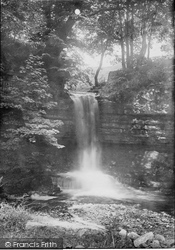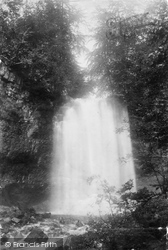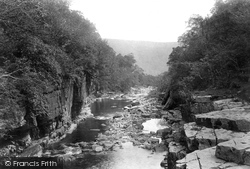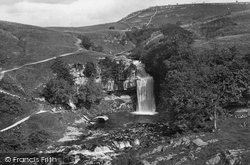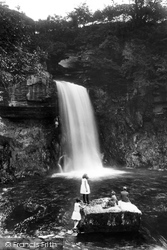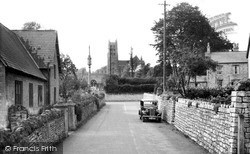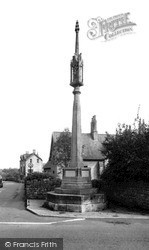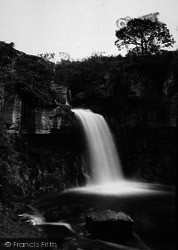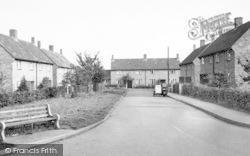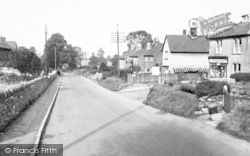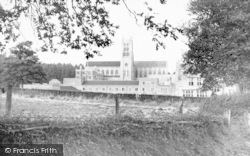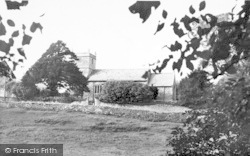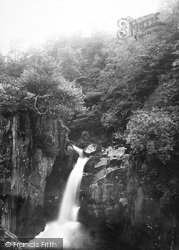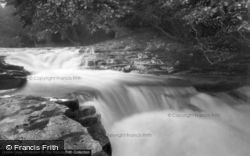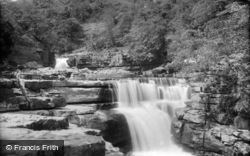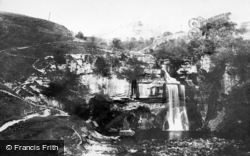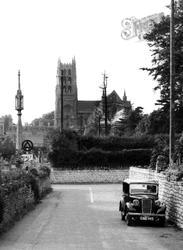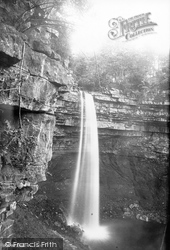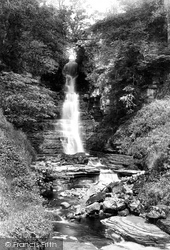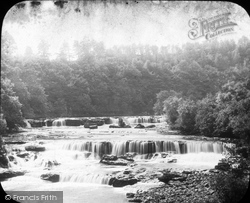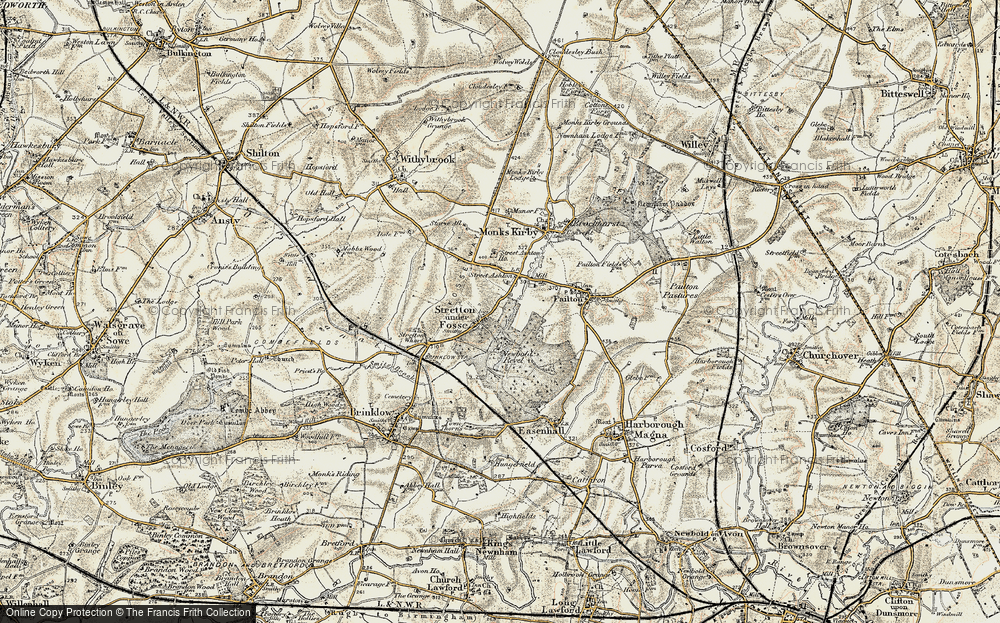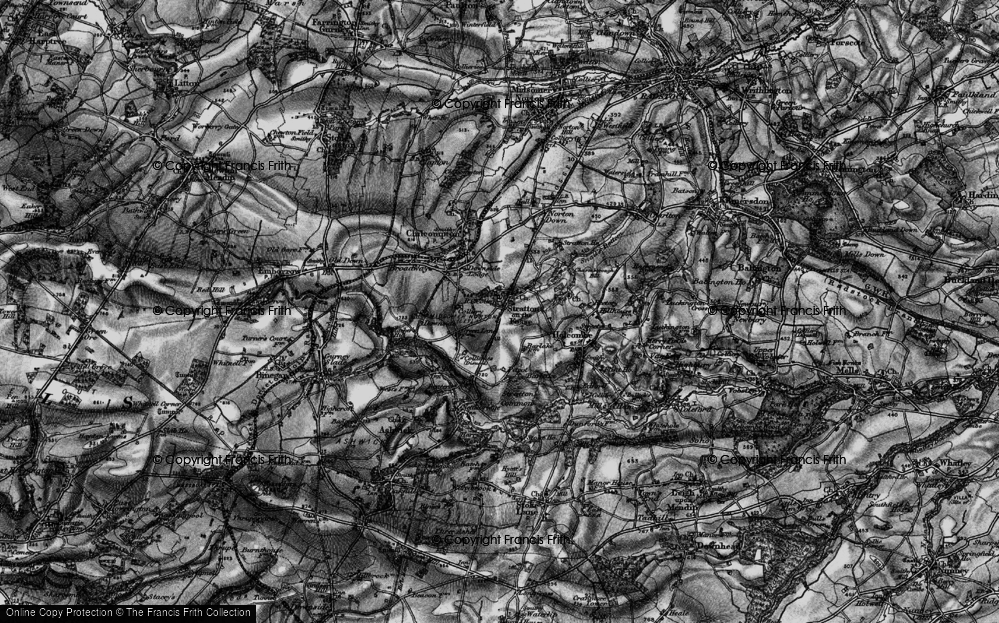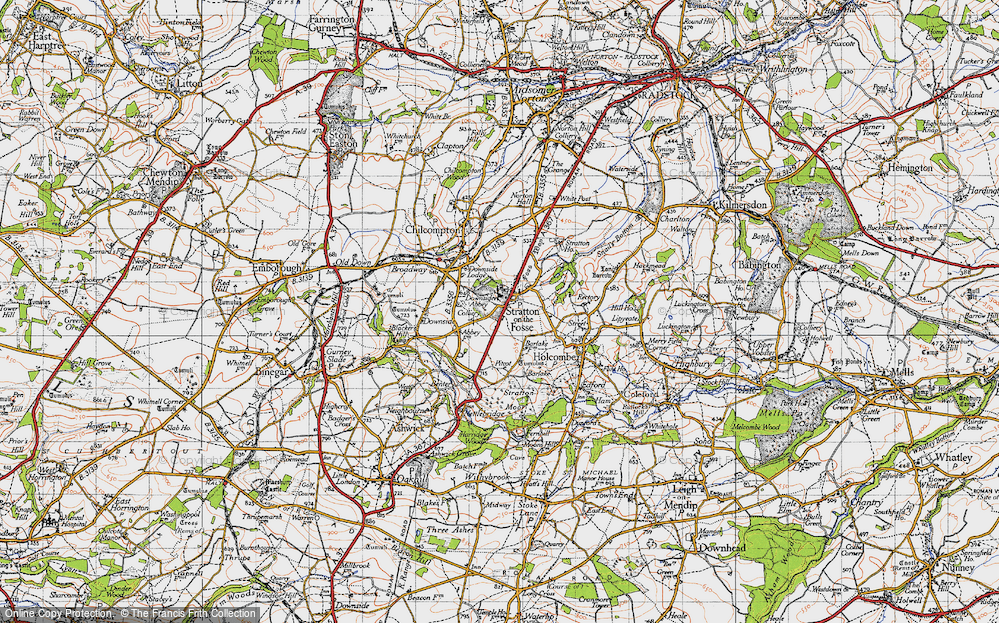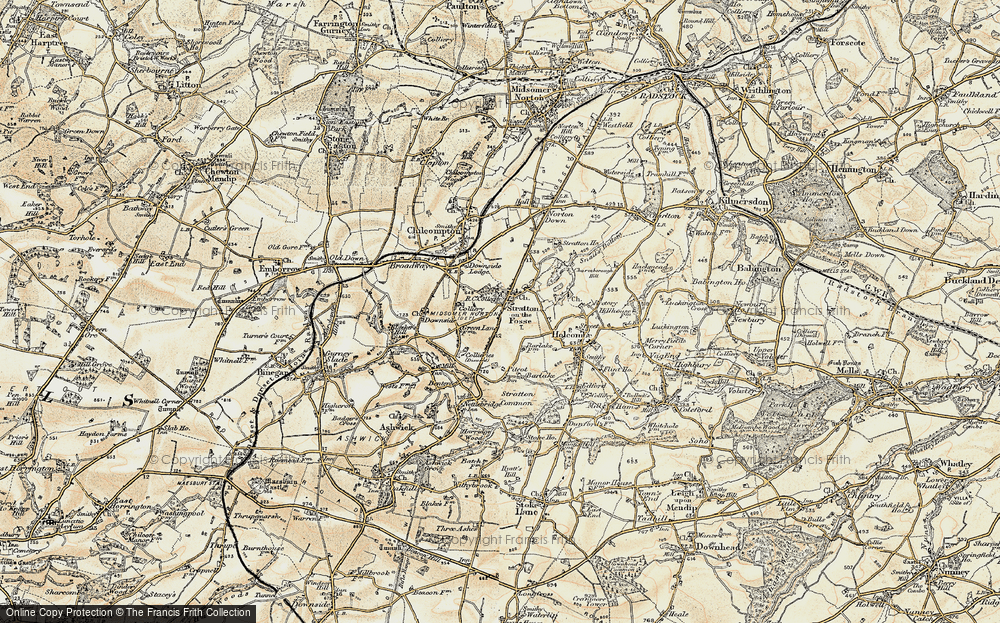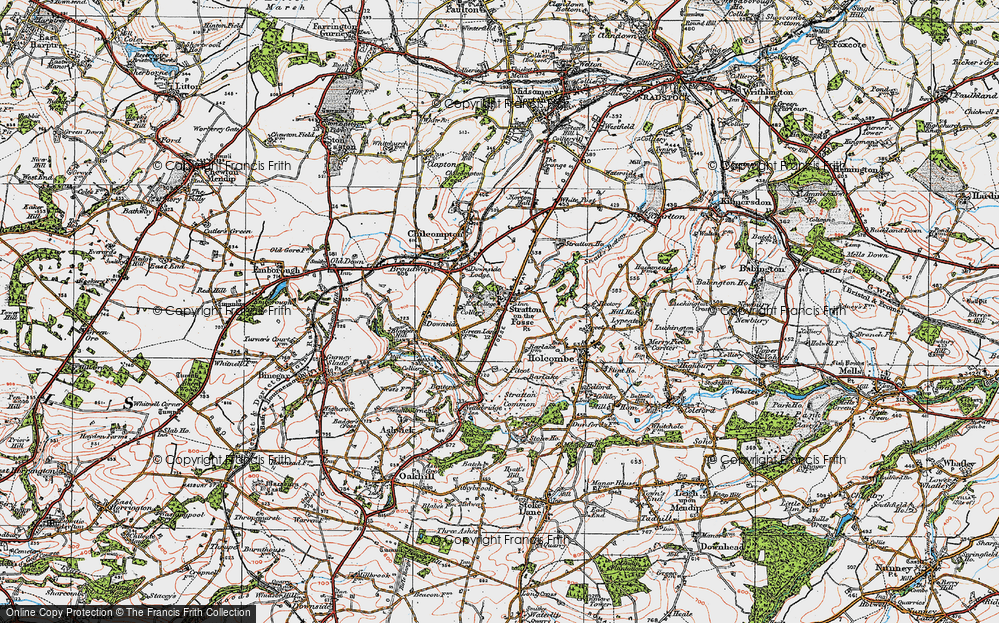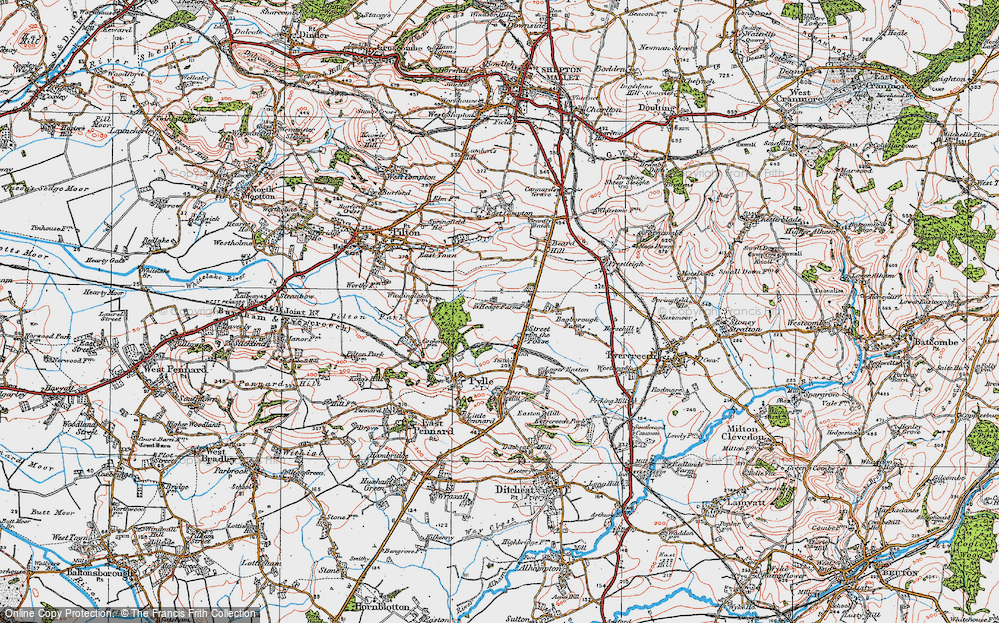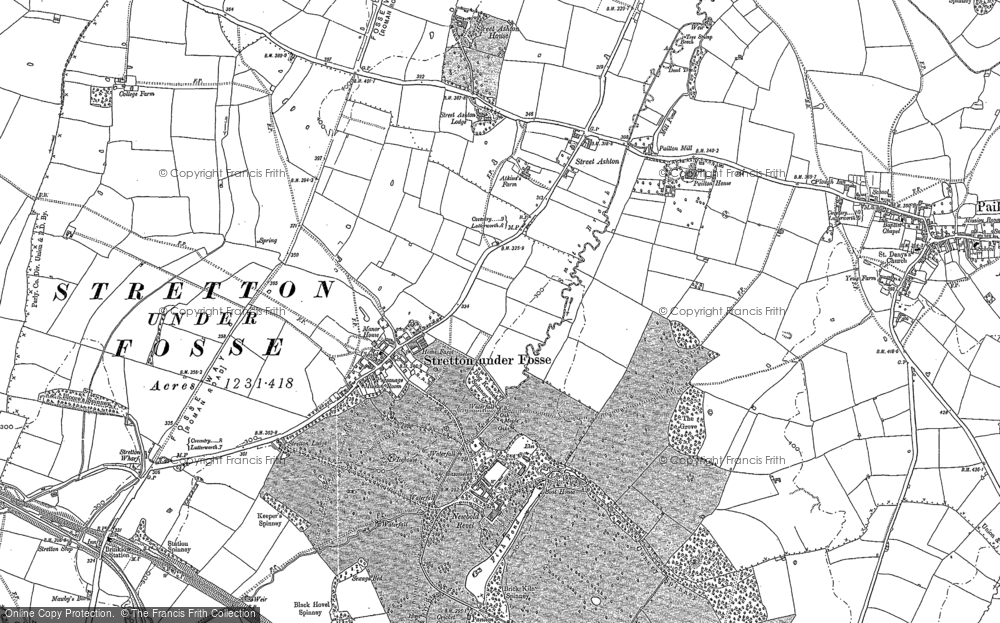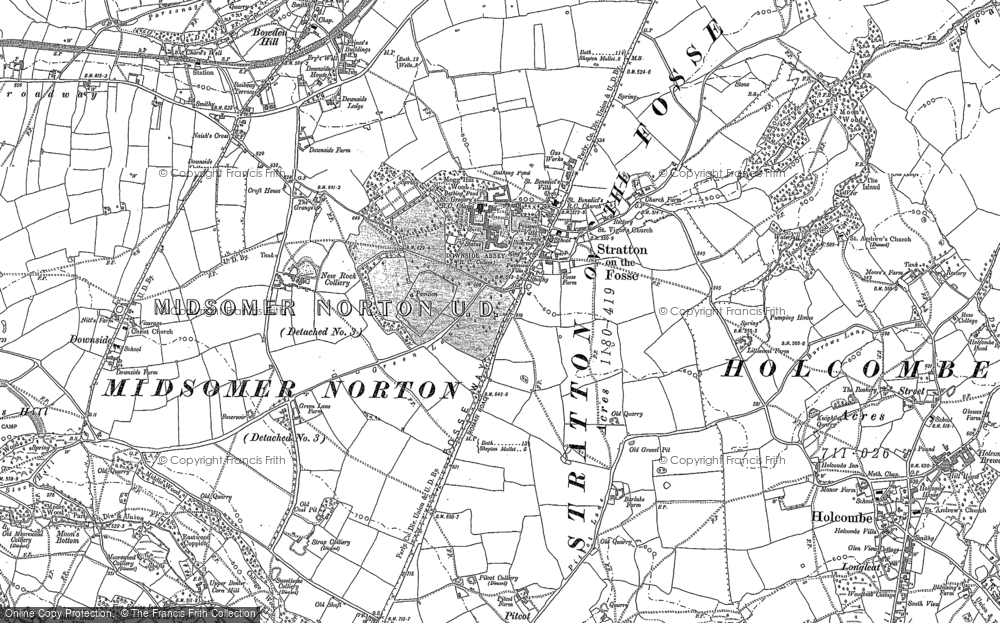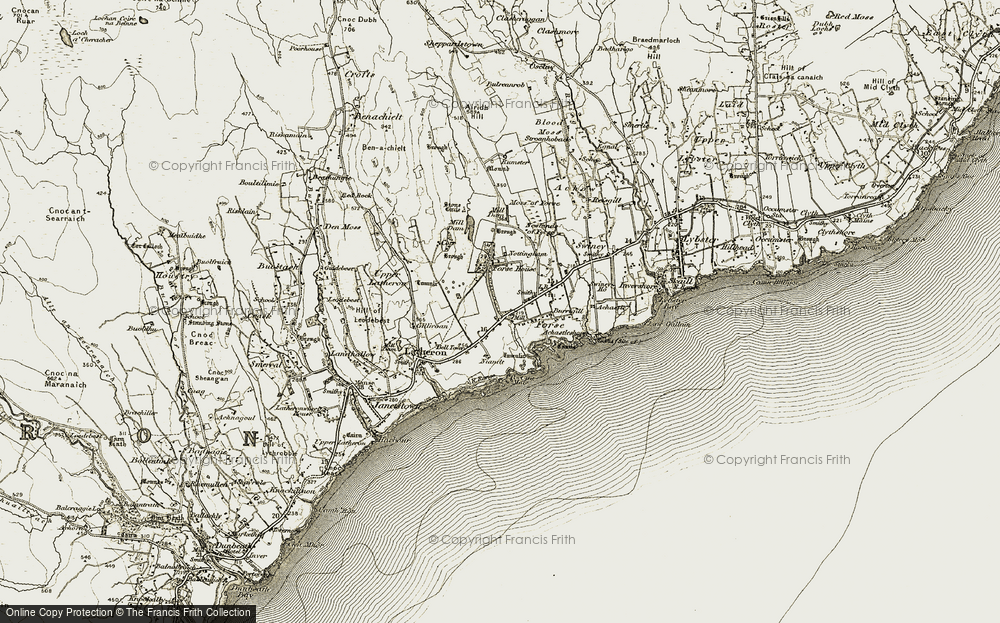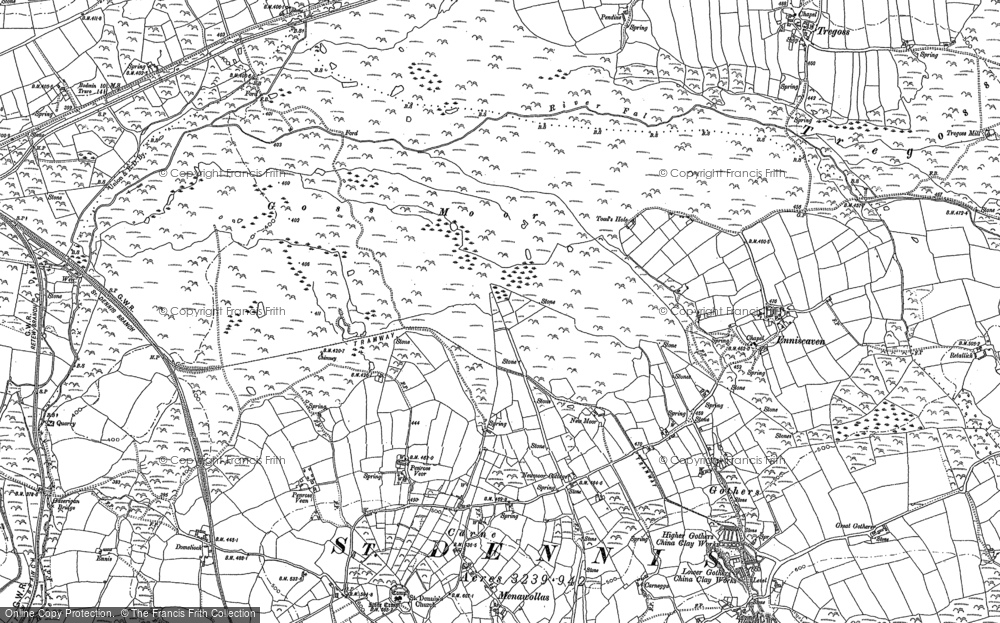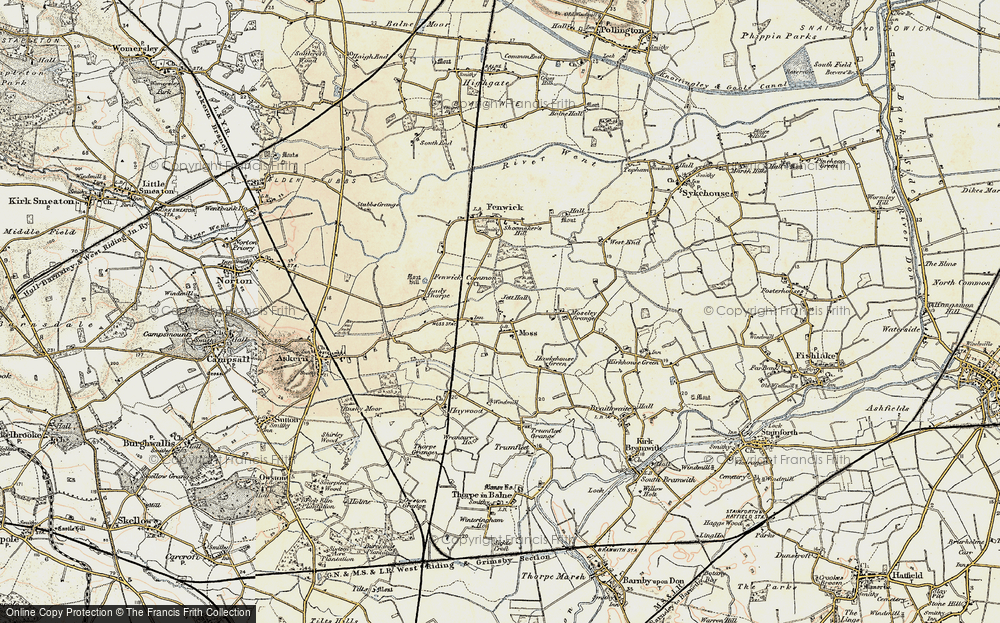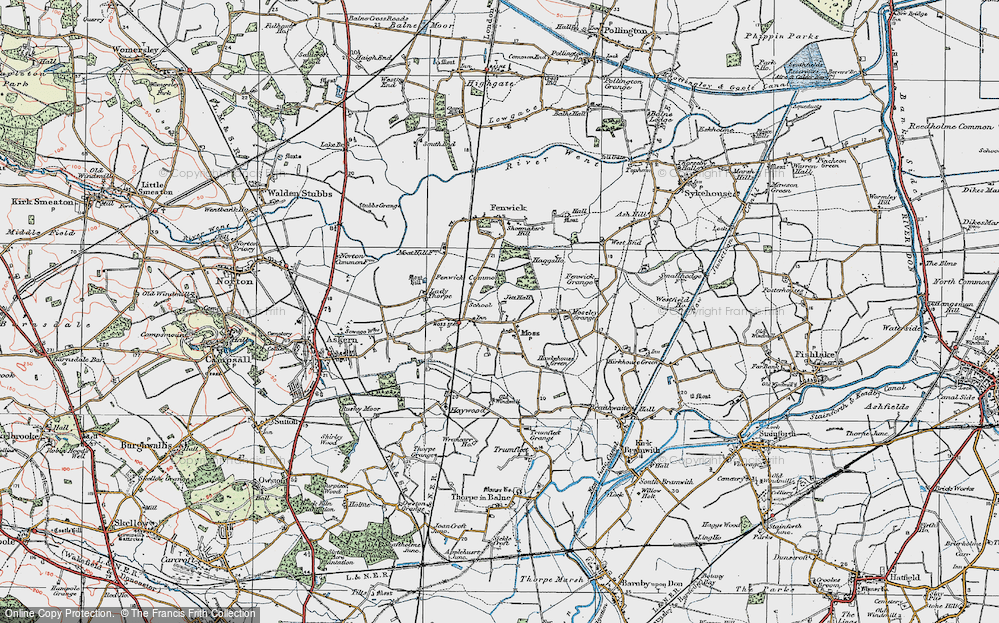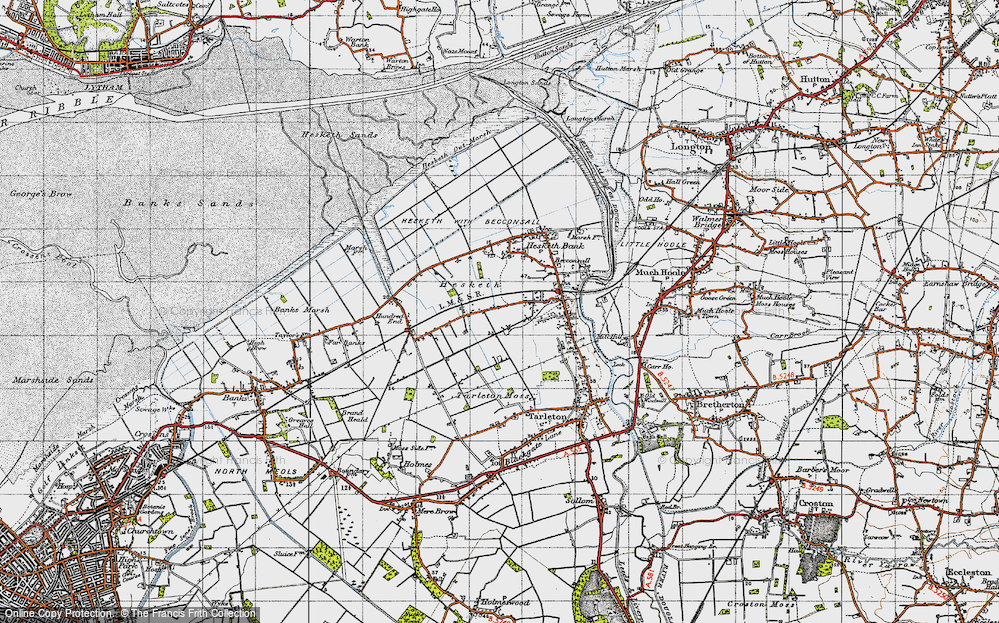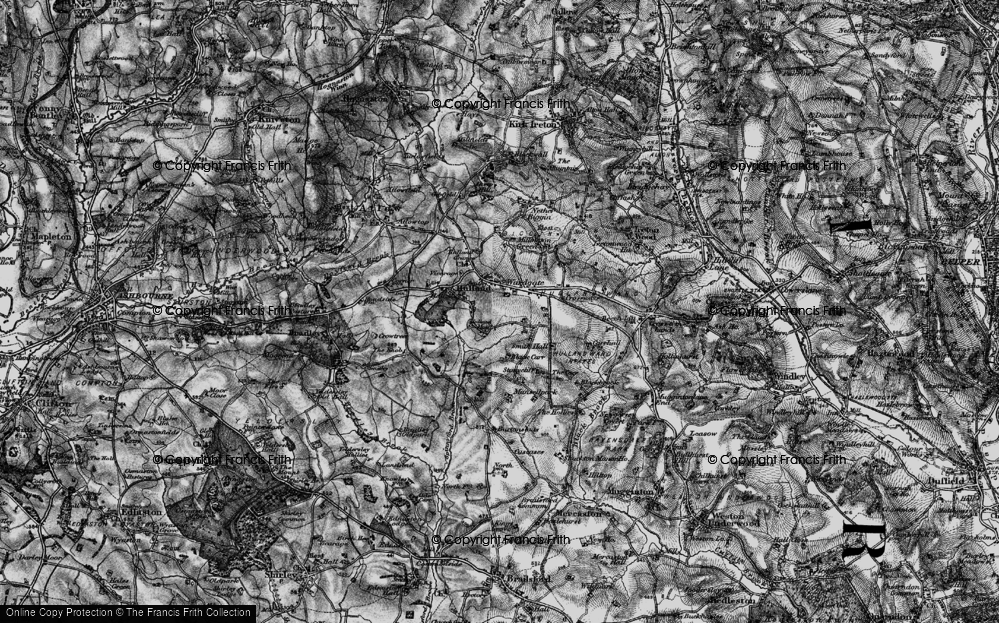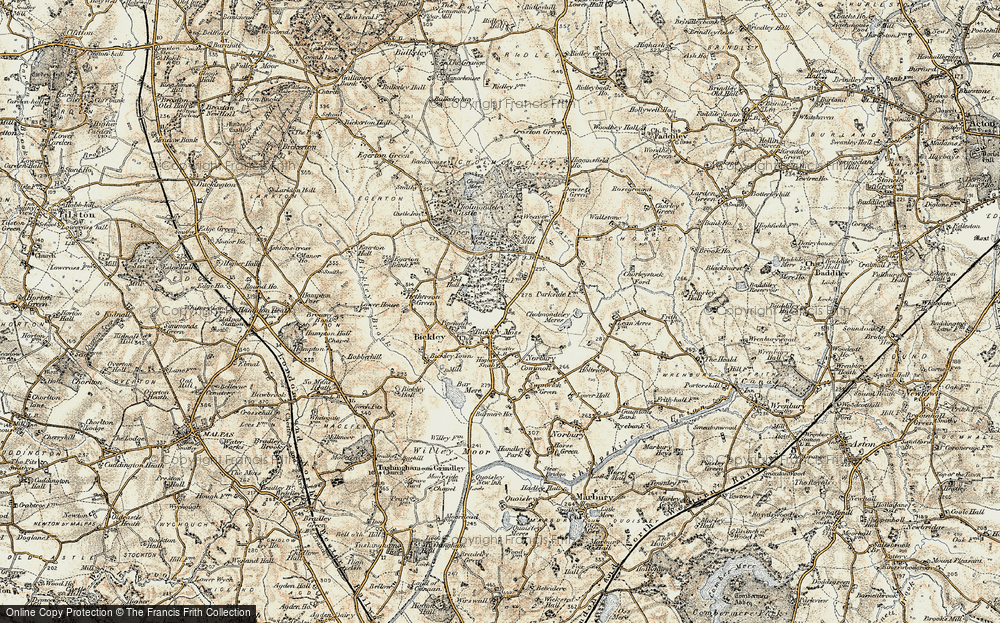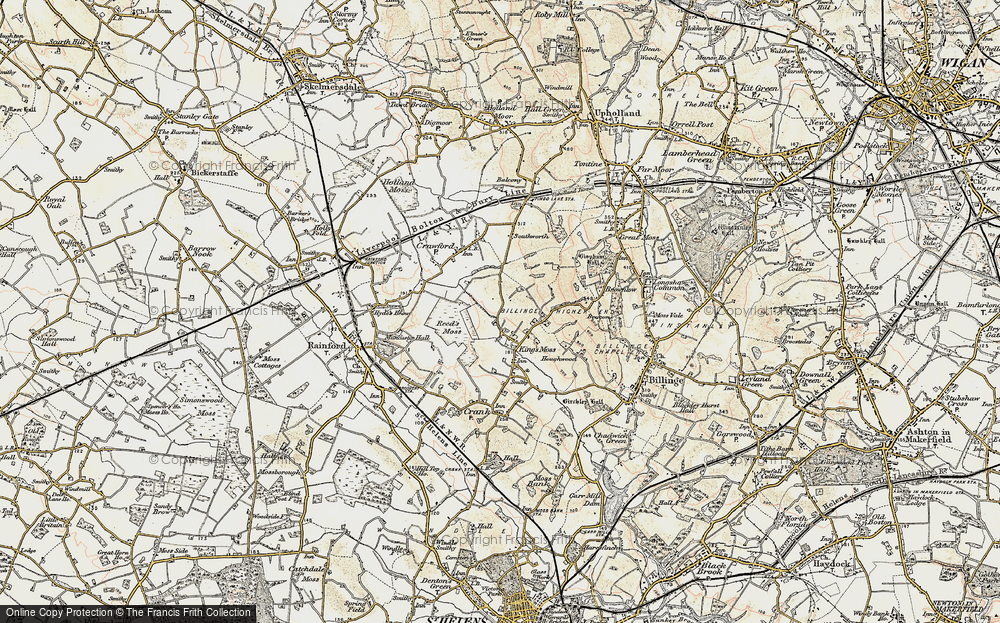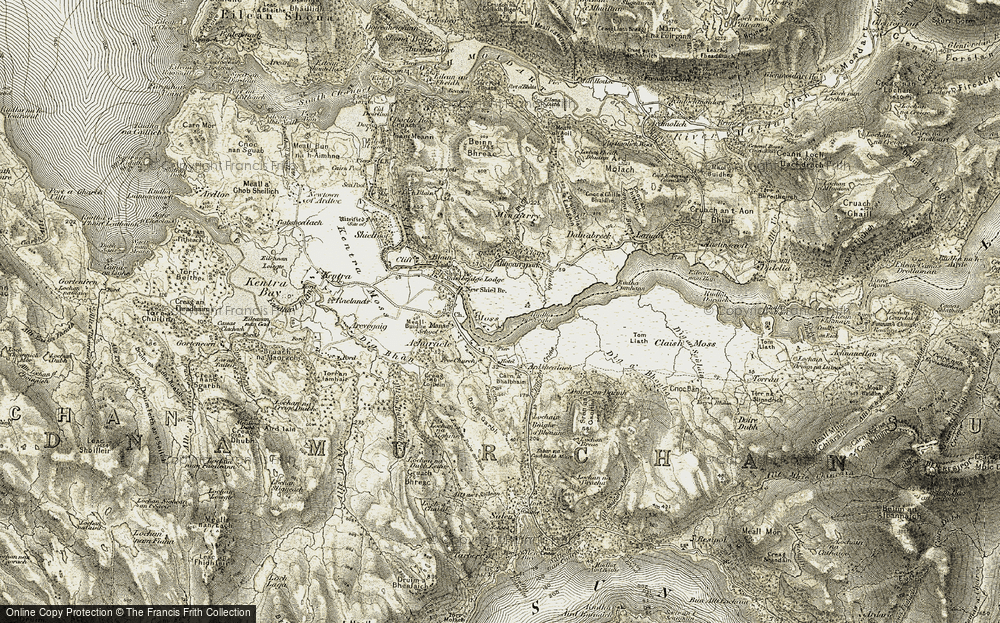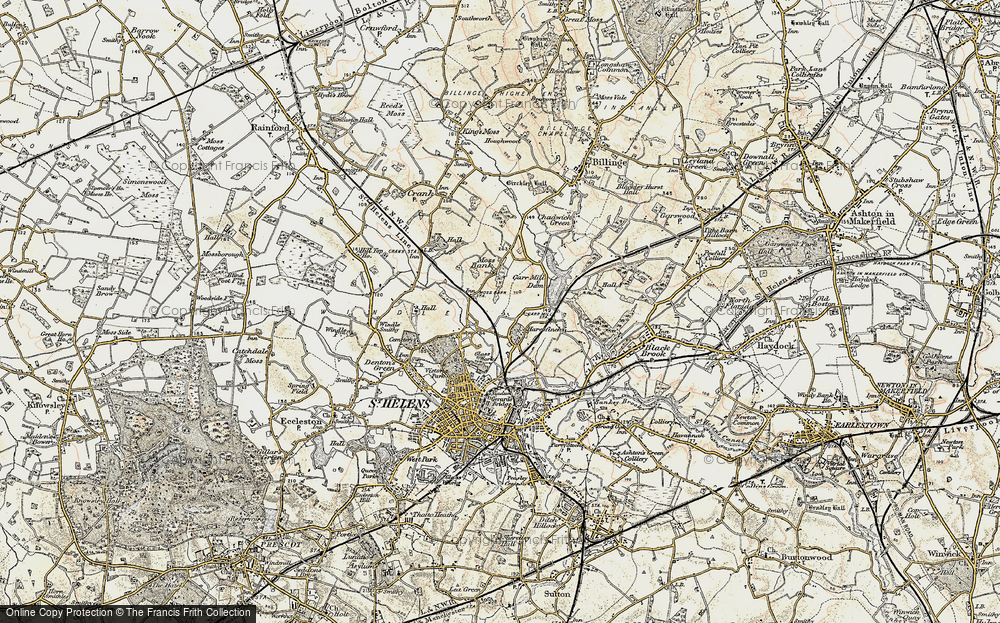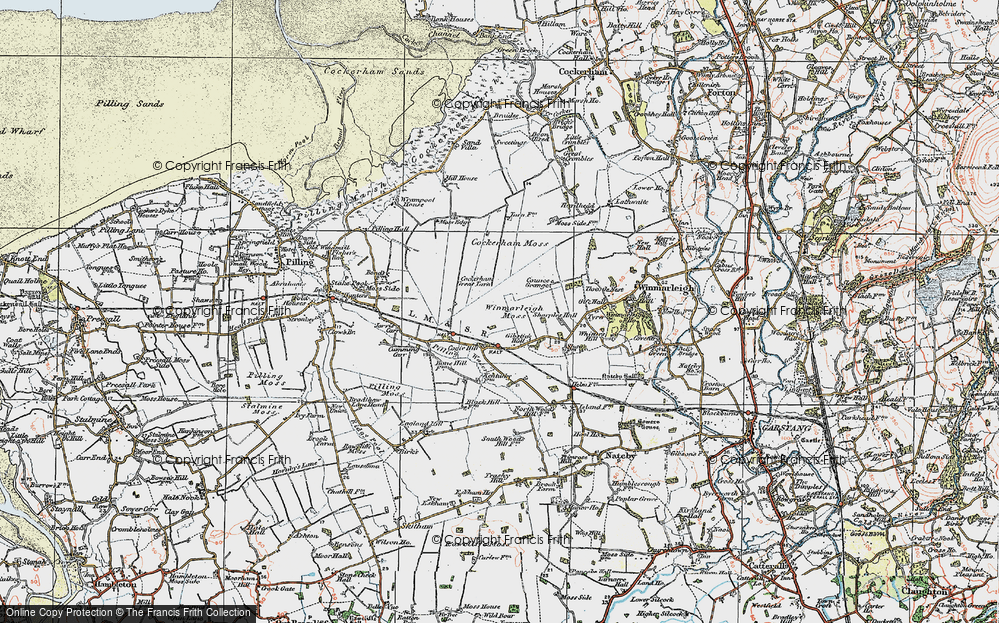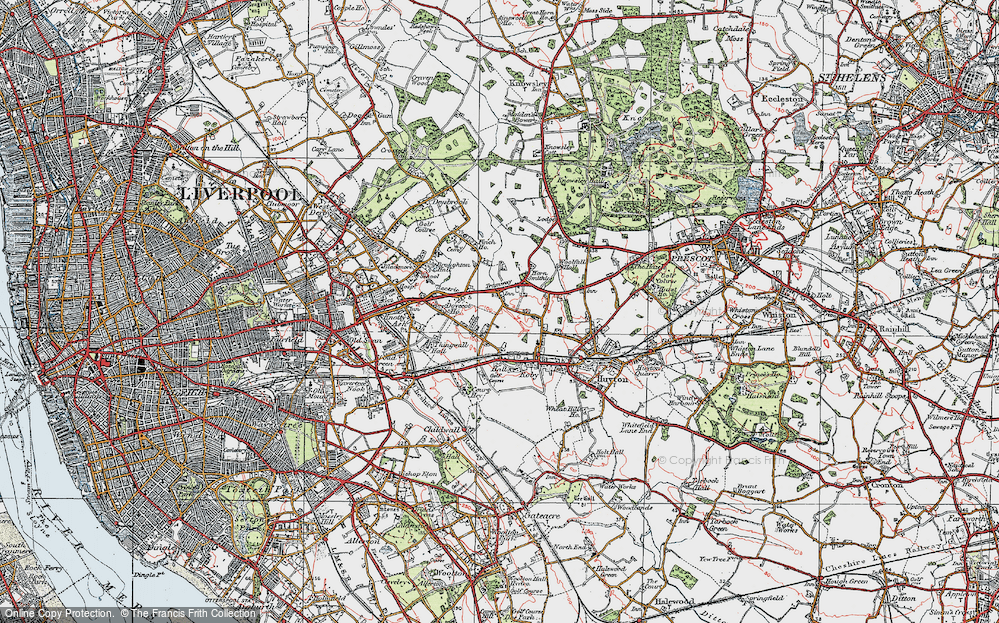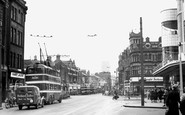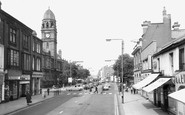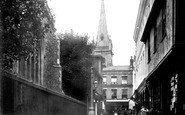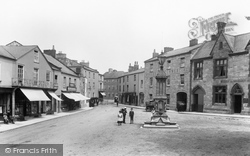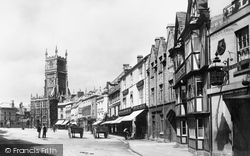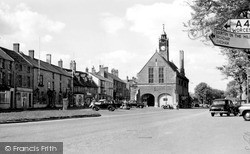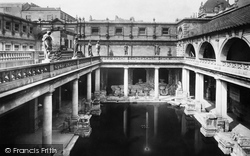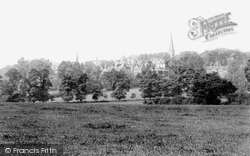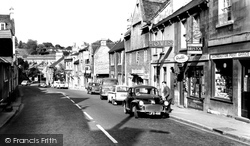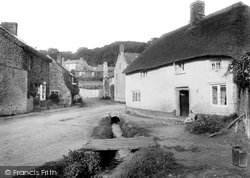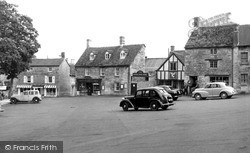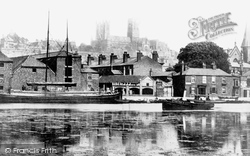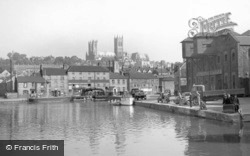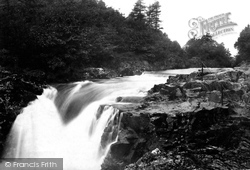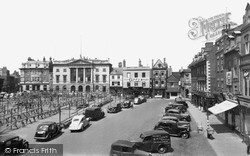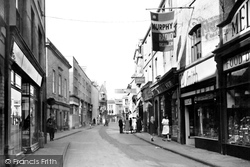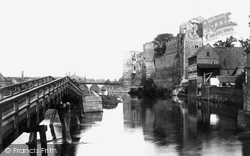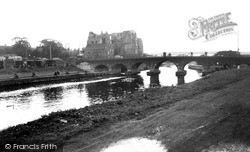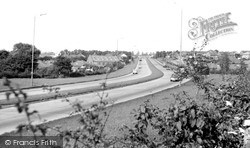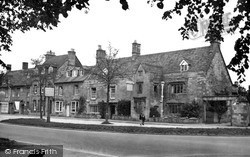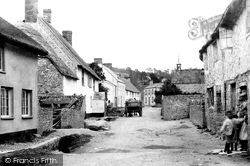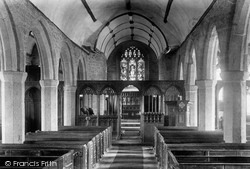Places
6 places found.
Those places high-lighted have photos. All locations may have maps, books and memories.
Photos
89 photos found. Showing results 21 to 40.
Maps
159 maps found.
Books
Sorry, no books were found that related to your search.
Memories
162 memories found. Showing results 11 to 20.
Working At Rank Xerox
As a 16-year-old, I started work in the wages office of Rank Xerox. There were 6 of us in the office, the boss being Fred Pearce. The other colleagues were Roger Dymond, Mary Evans, Connie Waits, Jean Short and myself. The ...Read more
A memory of Mitcheldean in 1958 by
Halcyon Days
As a teenager, myself and friends would holiday here for weeks at a time. Parents of two of my pals had holiday accomodation in the field upriver of the old bridge over the Ribble. We would spend hours fishing for trout in the ...Read more
A memory of Stainforth in 1964 by
Trolley Bus Driver
I can recall many happy times as a trolley bus driver in Doncaster , I started work with DCT as a conductor in the mid 1950s and passed a trolley bus driving test on the Wheatley Hills route by the late 1950s; in those days the ...Read more
A memory of Doncaster in 1958 by
Growing Up With The Troubles
I was lucky in that I lived in an area that was not often touched by the violence that was going on in Northern Ireland at the time, but a telephone conversation with my mum in recent days brought back memories of life in ...Read more
A memory of Belfast in 1970 by
My Barmouth Holidays
In 1946 my dad decided we would join an aunt and uncle holidaying at Barmouth. They had hired a little caravan for two weeks at Caerdaniel farm Llanaber. Dad dug out his prewar camping gear [we were camping at Clevedon in September ...Read more
A memory of Barmouth by
Wish Iwas There
lackhall colliery in the 1940s and 50s i was lucky to be brought up there proud loyal hard working people so different from life today.born 1940 lived in 11th street and was encased in love and safetymy father was a shaft man ...Read more
A memory of Blackhall Colliery by
An Idyllic Childhood
I enjoyed reading your piece Jane, I remember you so well. I lived at Newbold Revel, Stretton-Under-Fosse from 1953 - 1977, together with my siblings - Christopher, Angela and Nicholas O'Sullivan. We lived in a ...Read more
A memory of Stretton under Fosse by
1965
1964 and my parents announced to us kids that we were going to move to the countryside from Great Bar in Birmingham where we were all living at my grandmothers house My Father had died back when I was seven and mother had eventually ...Read more
A memory of Market Harborough by
Hyde So Many Fond Memories.
Nightingales on the corner opposite the post office. What a wonderful smell when you walked in. The cafe (Booth's?) just up from CABLE shoes where I started work at age 14, best chips and gravy ever! Ibbotson's bakery where ...Read more
A memory of Hyde by
Thompsons Bakery
Every morning in 1960-63 it was my job to get cakes etc for my co-workers. I had a list as everyone wanted something different. My mother also shopped there. I remember the restaurant. My boss would go there for his morning coffee. I'd love one of those cakes right now!!
A memory of Ipswich by
Captions
70 captions found. Showing results 25 to 48.
Well before that, the Roman Fosse Way threaded its way through the town. In later years stage coaches halted at the 18th-century George Inn.
In Roman times Cirencester, Corinium Dubunnorum, was the second most important town in Britain after London, standing near the Roman roads of Akeman Street, the Fosse Way, Ermine Street and the older Icknield
The broad High Street is part of the Fosse Way, and is dominated by the Redesdale Market Hall, a fine Victorian Tudor building designed by Sir Ernest George in 1887.
The Roman town of Aquae Sulis, now Bath, grew up at the point where the Fosse Way crossed the river Avon.
St Mary's Church dominates the photograph from its well-treed setting, with to its right the sheer elevation of The Foss and Grove Hill by Habershon, and to its left the Speech Room tower and chapel fleché
This follows the course of a much older road, the Roman 'Fosse Way', which runs from the 'colonia' of Lincoln to Axminster in Devon, built as a military road around 47 AD.
Well before that, the Roman Fosse Way threaded its way through the town. In later years stage coaches halted at the 18th-century George Inn.
Axmouth stands at the southern end of the Fosse Way, the great Roman road that strides across England from far-off Lincolnshire.
Northleach was once one of the most prosperous wool towns of the Cotswolds in the 15th century, and an important cross-roads of the Fosse Way and the London-Cheltenham roads.
Brayford Pool, a busy inland port that connected Lincoln both to the River Trent via the Roman Foss Dyke and to the sea via the Witham, is much changed now; its warehouses are mostly replaced by offices
The Roman Foss Dyke canal fell out of use during Anglo-Saxon times, but was restored after the Norman Conquest to become one of the main outlets for the great medieval city's wool and lead exports.
The great surging waterfall (the word 'force' is derived from the Old Norse 'foss' ) at Skelwith has been a great visitor attraction since Victorian times.
Brayford Pool, a busy inland port that connected Lincoln both to the River Trent via the Roman Foss Dyke and to the sea via the Witham, is much changed now; its warehouses are mostly replaced by offices
At the heart of Bishop Alexander's town was the large market place into which the Fosse Way was diverted, although none of the buildings in this view are medieval.
The Roman town of Aquae Sulis, now Bath, grew up at the point where the Fosse Way crossed the River Avon with hot spring-fed baths as its focus, where citizens of the Empire flocked for rheumatic cures
Corinium became an important town at the junction of the Fosse Way and Ermine and Akeman Streets.
Covering three acres, it controlled the point where the Fosse Way crossed the River Devon. The wooden bridge was built in 1827 to take the canal towpath over to millrace.
The town is now by-passed by both the A1 Great North Road, which crossed the bridge, and the Fosse Way (the A46).
The village sits astride the Roman Fosse Way, but it is attractive no longer: for the last hundred years it has been in all but name a part of North Leicester.
Its roots are much older, though, for it straddles the Roman Fosse Way, which cuts a course straight as a die from Cirencester through to Leicestershire.
One was the gap between the Blackdown and Brendon Hills, and the other was the coastal route, which used the old ford at Axmouth; this was part of the Roman Fosse Way, which ran all the way to Lincoln.
Corinium became an important town at the junction of the Fosse Way and Ermine and Akeman Streets.
The village sits astride the Roman Fosse Way, but it is attractive no longer: for the last hundred years it has been in all but name a part of North Leicester.
The wagon roof has wooden bosses that are possibly 13th-century. The designs of these bosses include the Tinners' Rabbits - three rabbits sharing only three ears.
Places (6)
Photos (89)
Memories (162)
Books (0)
Maps (159)




